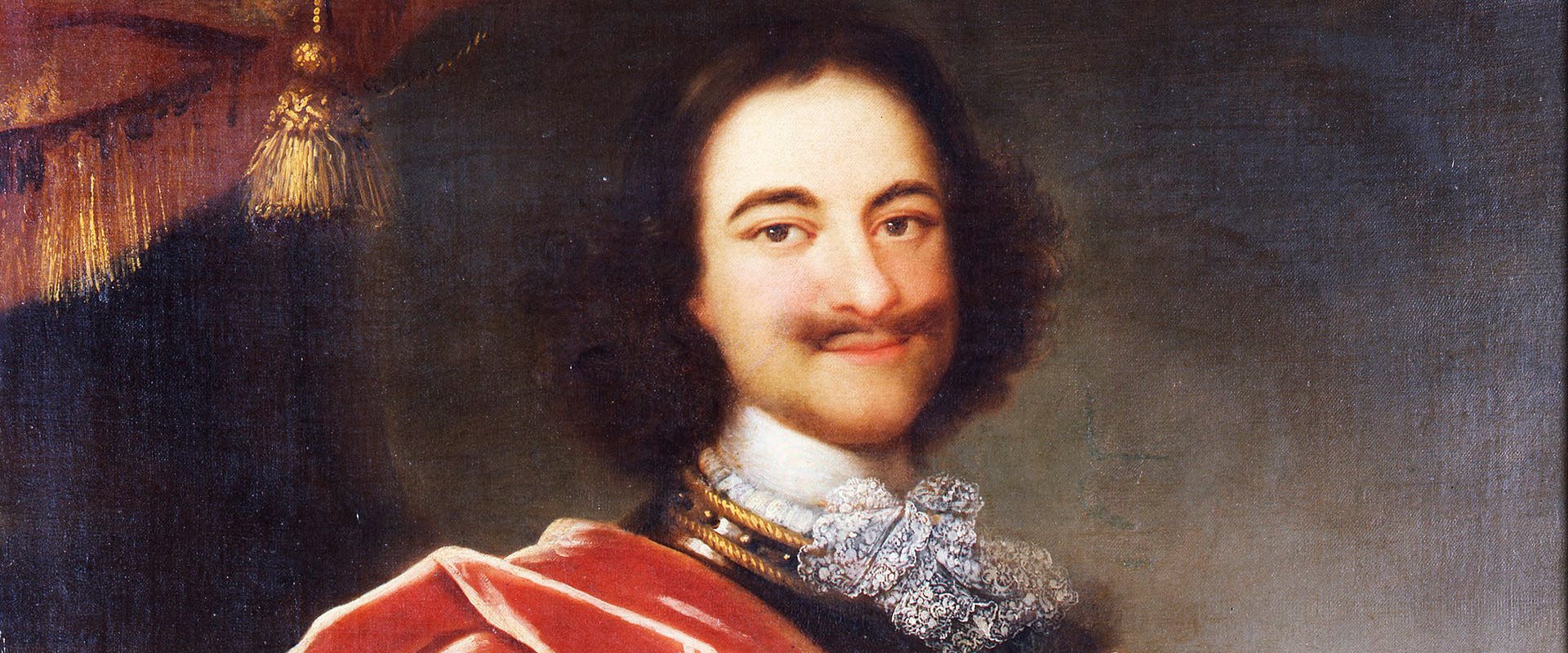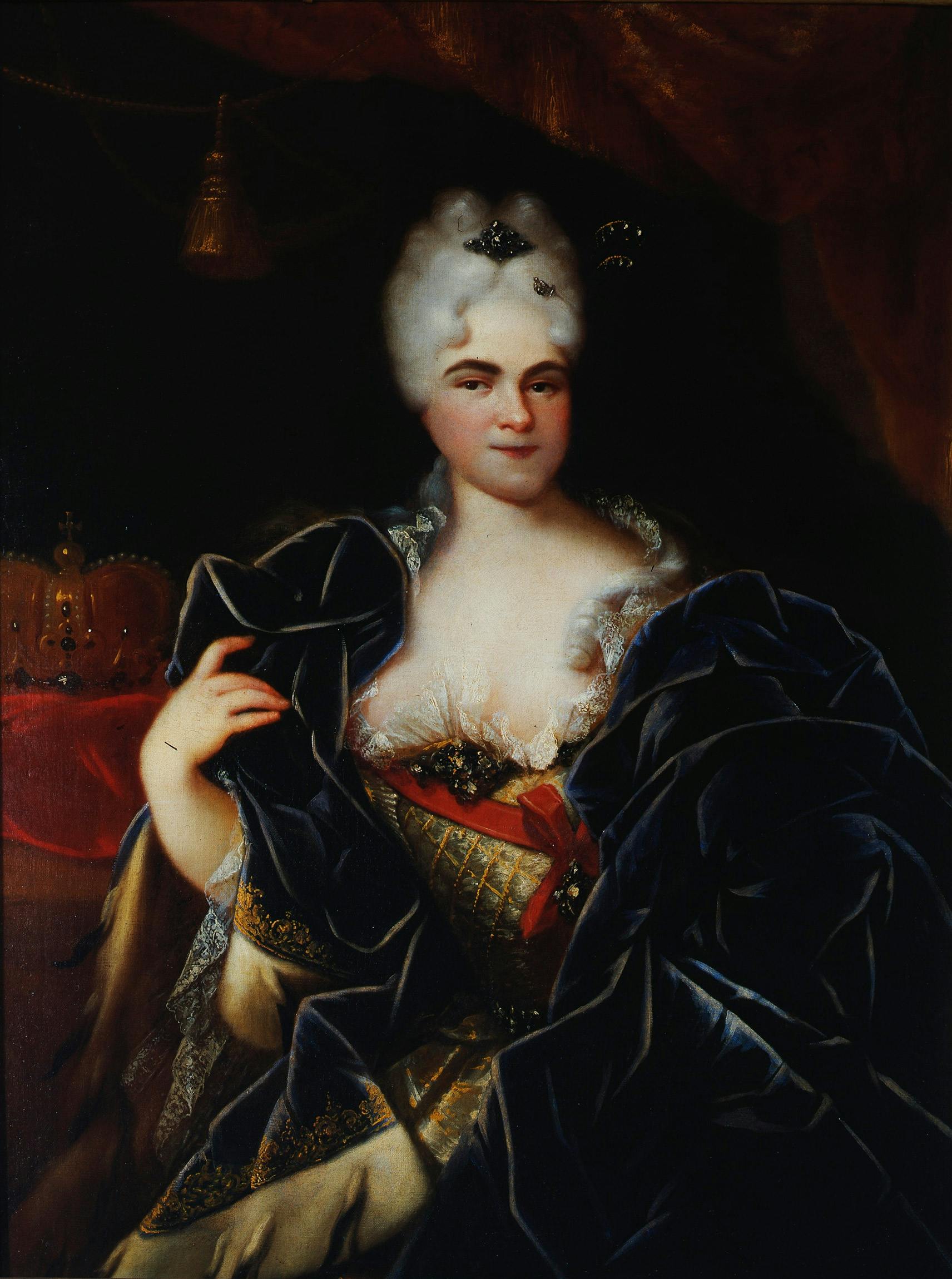The Treasure of the Kremlin
A treasure trove of splendour telling the story of Tsars across the centuries
The Kremlin in Moscow, the political heart of ancient Russia, is one of the world's greatest repositories of Russian Art. Gold and silver objects of astounding beauty, arms and armour, icons and textiles are preserved in the seven museums and churches that comprise the State Museums of the Moscow Kremlin. The storage of the imperial treasures, the famous Armoury of the Kremlin, is a part of the Grand Kremlin Palace and the oldest museum in Moscow, holding the unique works of applied art and material culture.
A fine selection of objects from the Kremlin Armoury are exposed at the Silver Museum in the Pitti Palace. The exhibition marks the celebrations for the Italy-Russia year.
Objects on display include the precious icon known as the Madonna Bogoljubskaja, works by the Russian masters from the fourteenth to the seventeenth century and an extraordinary collection of Byzantine gems.
The Kremlin Armoury was founded by Moscow Prince Vasily III as a workshop producing and storing military weapons and armour. Over time, it has become the major repository of antiquities of great historical and artistic value. The ancient treasure of the Grand Princes of Moscow and of the first Tsars was lost following the tragic events that followed the death of Ivan the Terrible. It was in these troubled times that various diplomatic activities were carried out, aimed at consolidating the relations between the Florentine court of the Medici and that of the Tsars of Moscow. The Grand Duke Ferdinando I sustained the important commercial mission of 1602 aimed at securing free trade in Russia and promising the same privilege to any Russian merchants arriving in Tuscany.
The seventeenth century was one of the periods of greatest splendour in Russian art: foreign goldsmiths and armourers arrived at the Moscow court, bringing with them new techniques of workmanship and new models. Coloured enamels began to assume a preponderant role in the gold-working of the capital.

